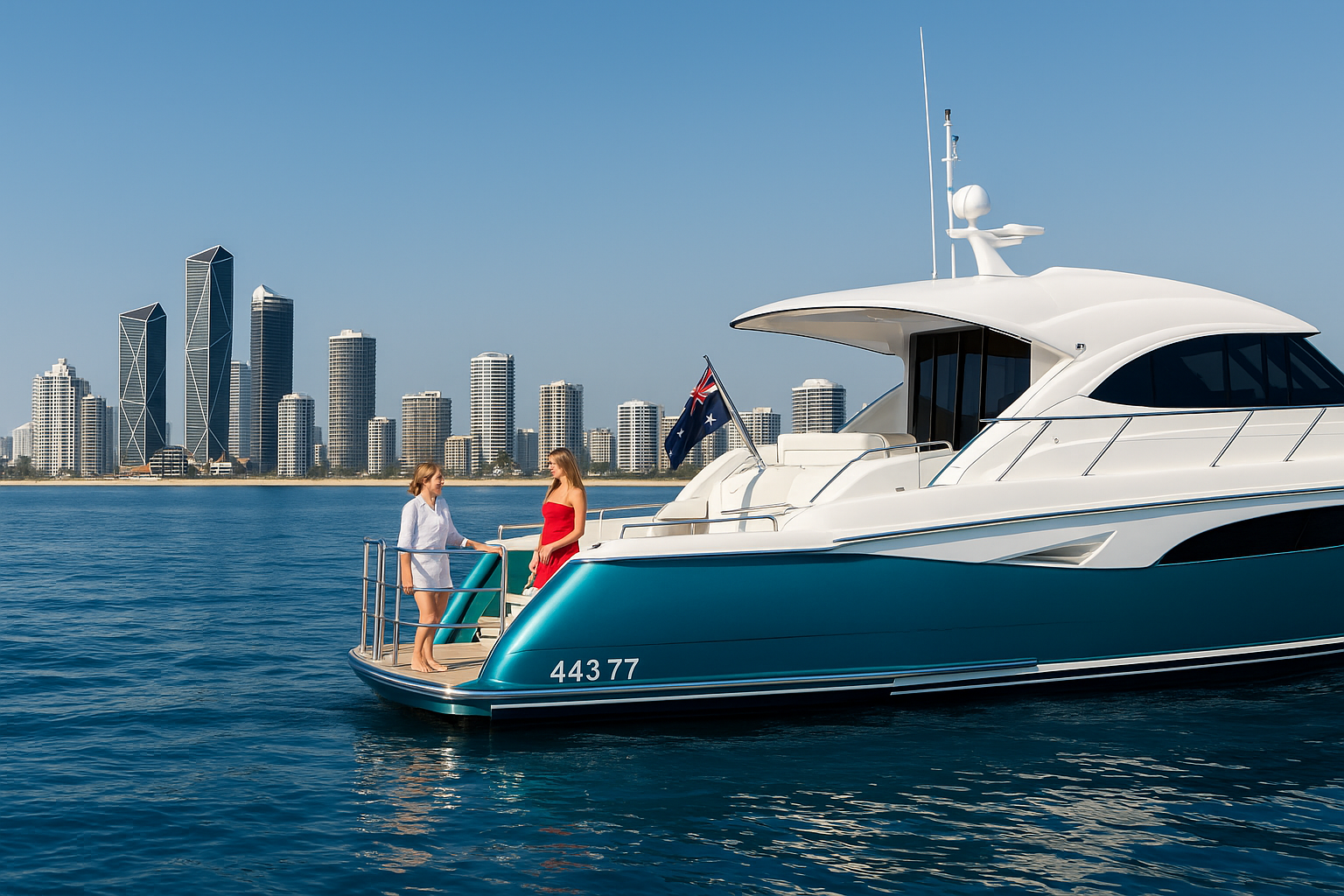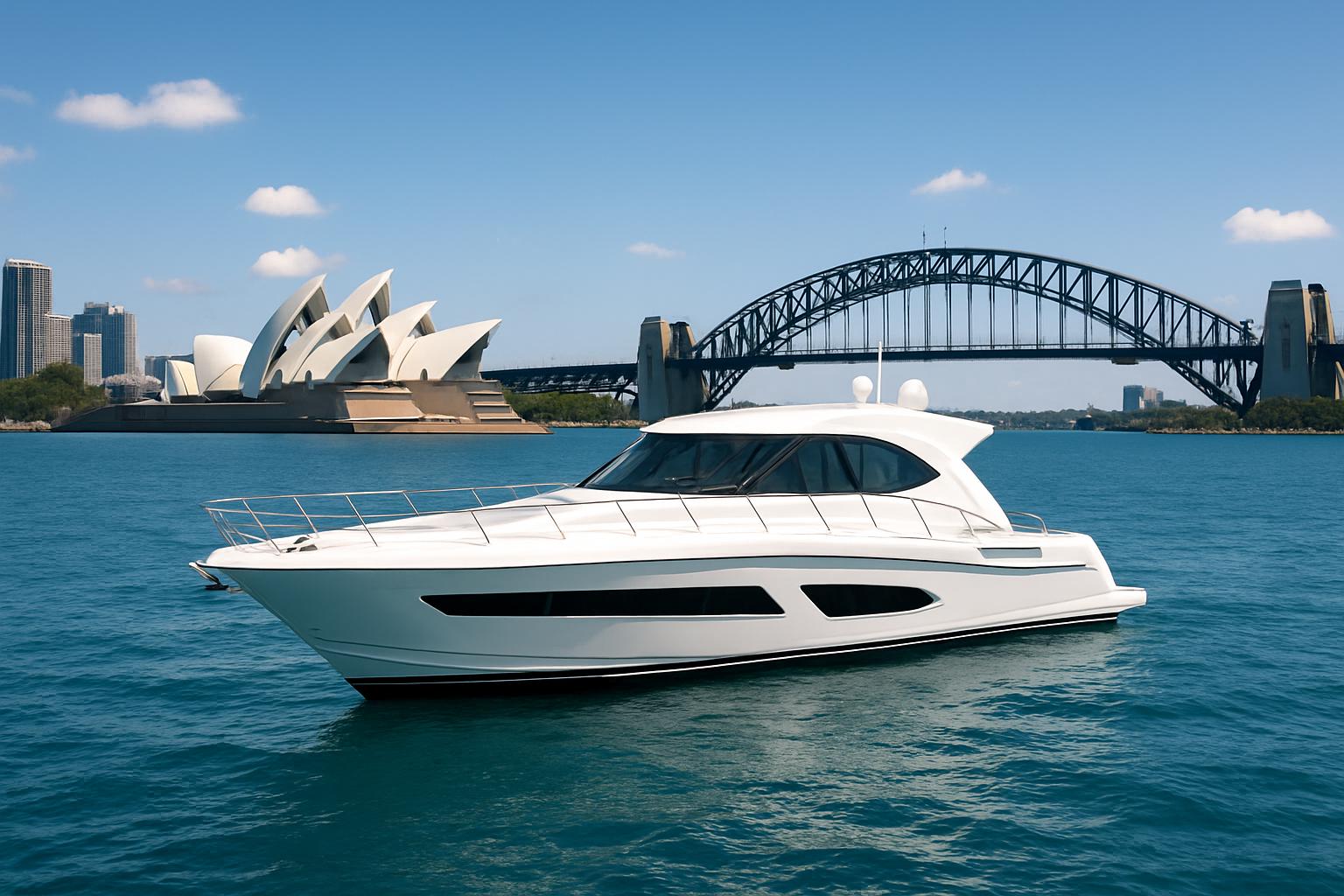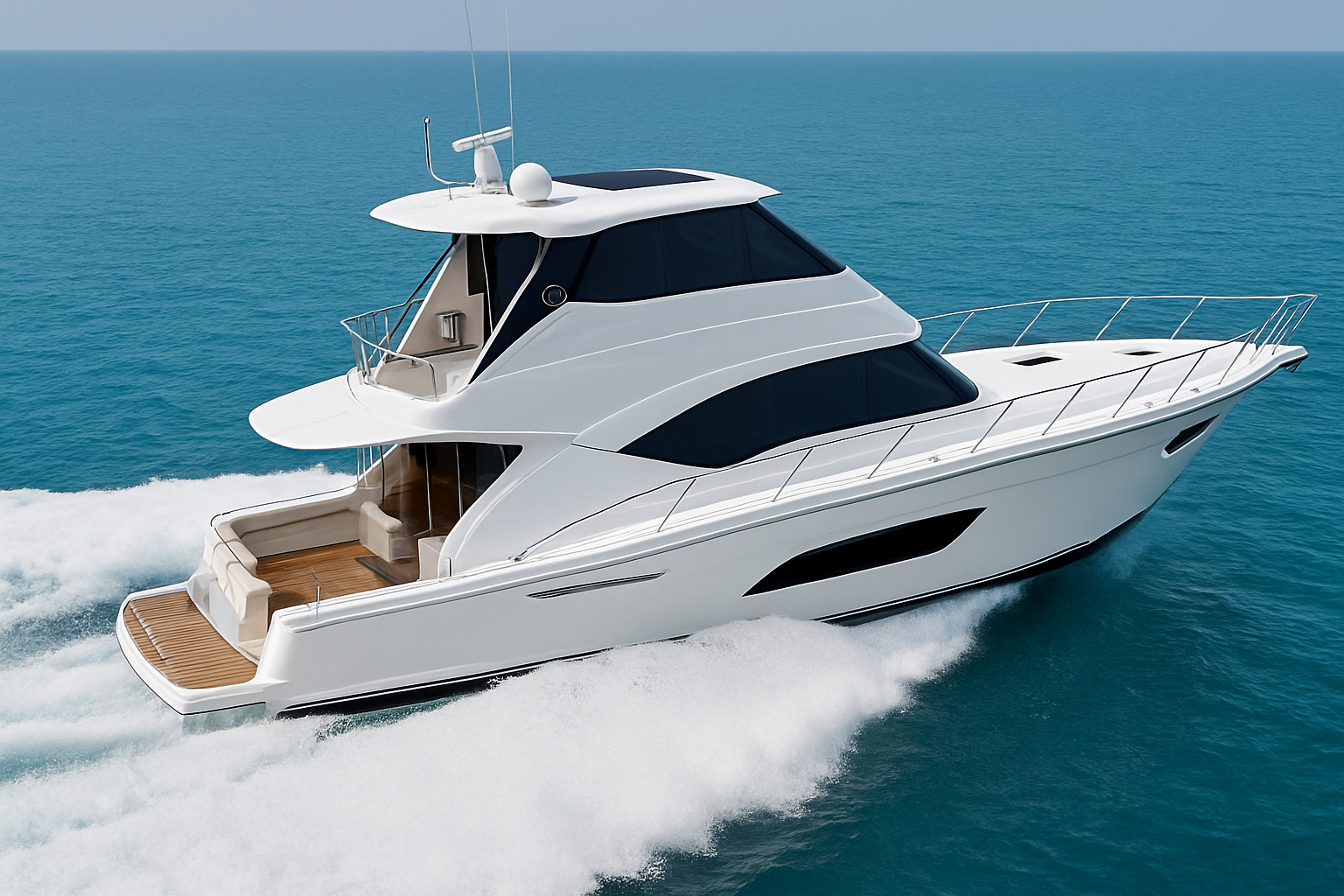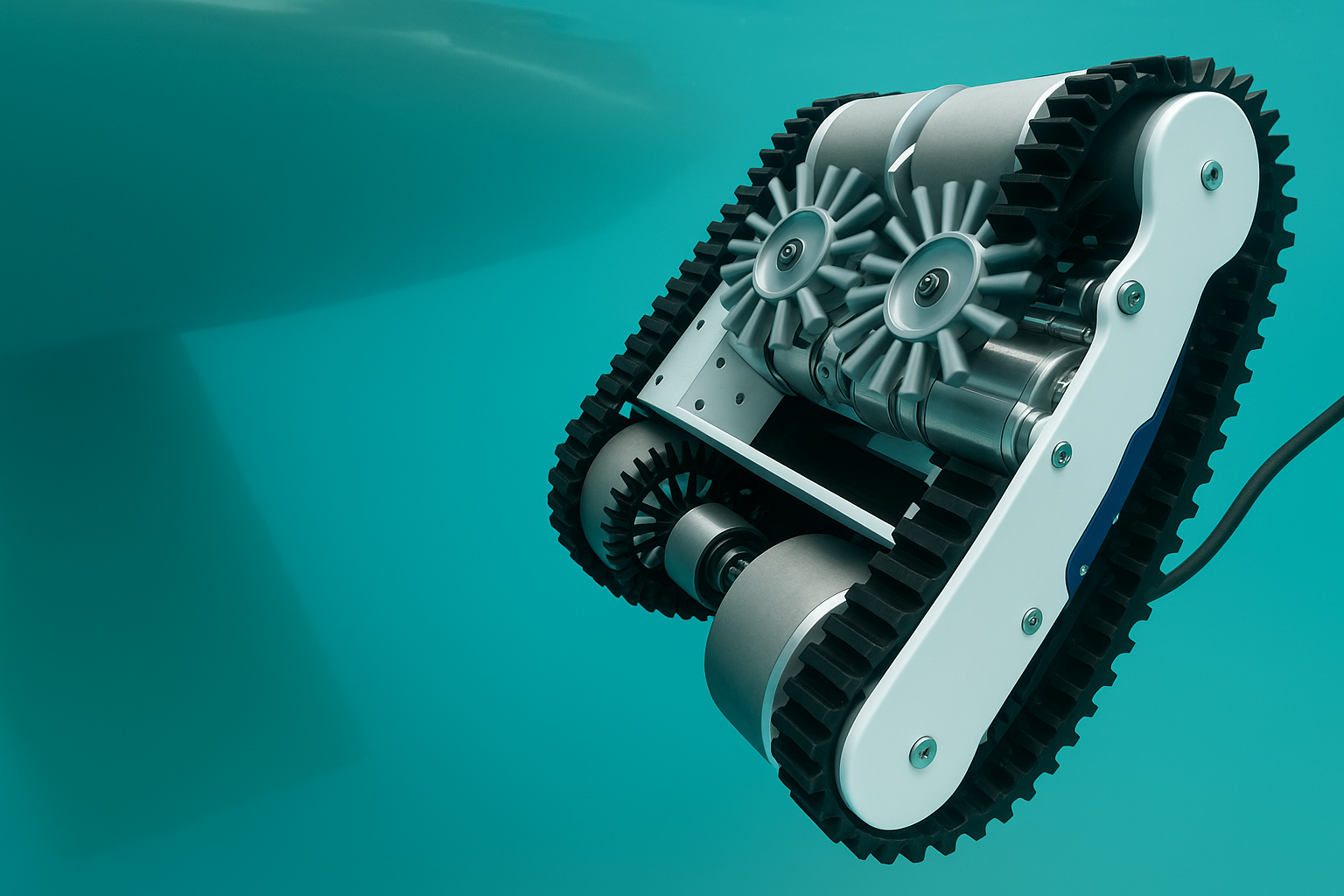
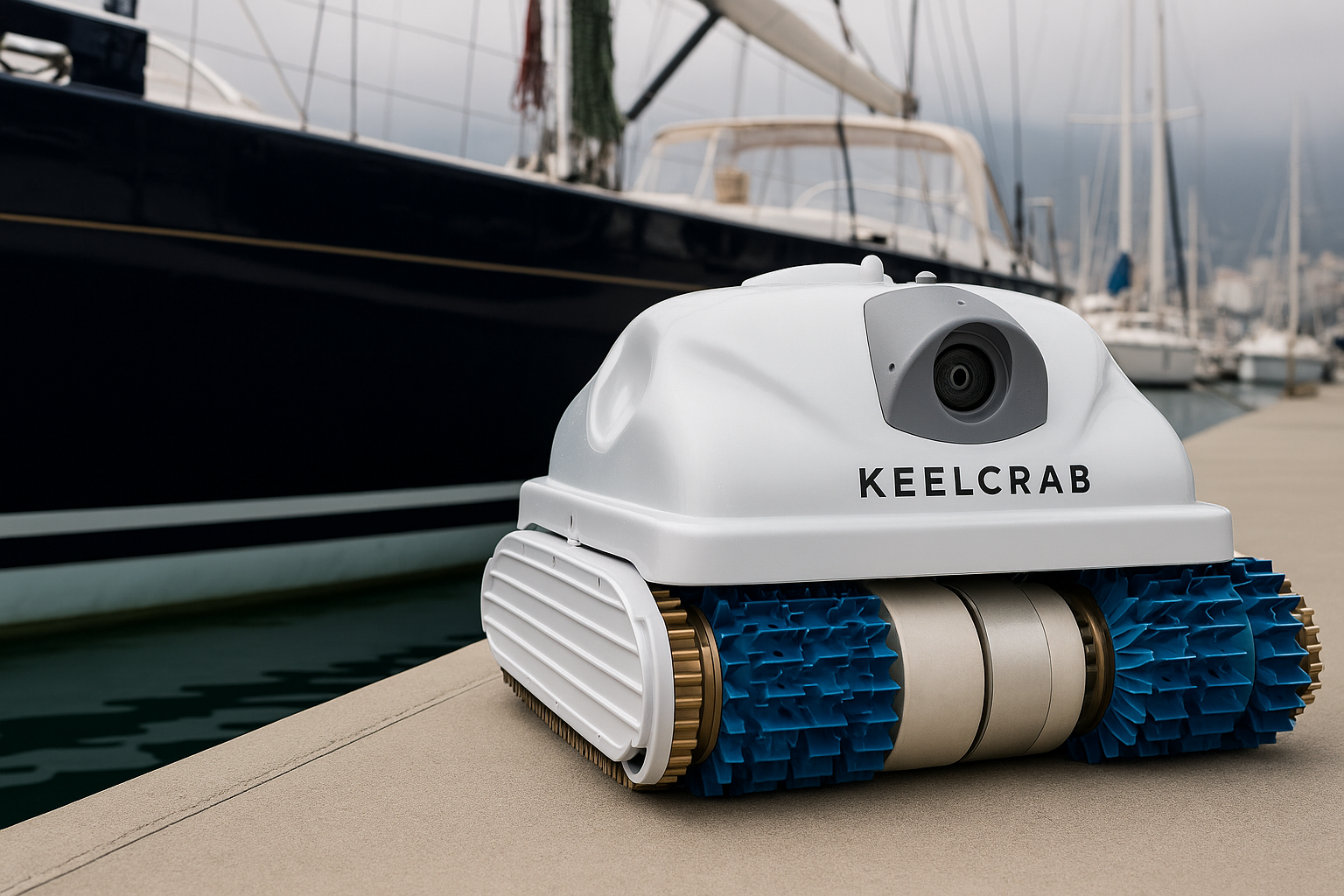
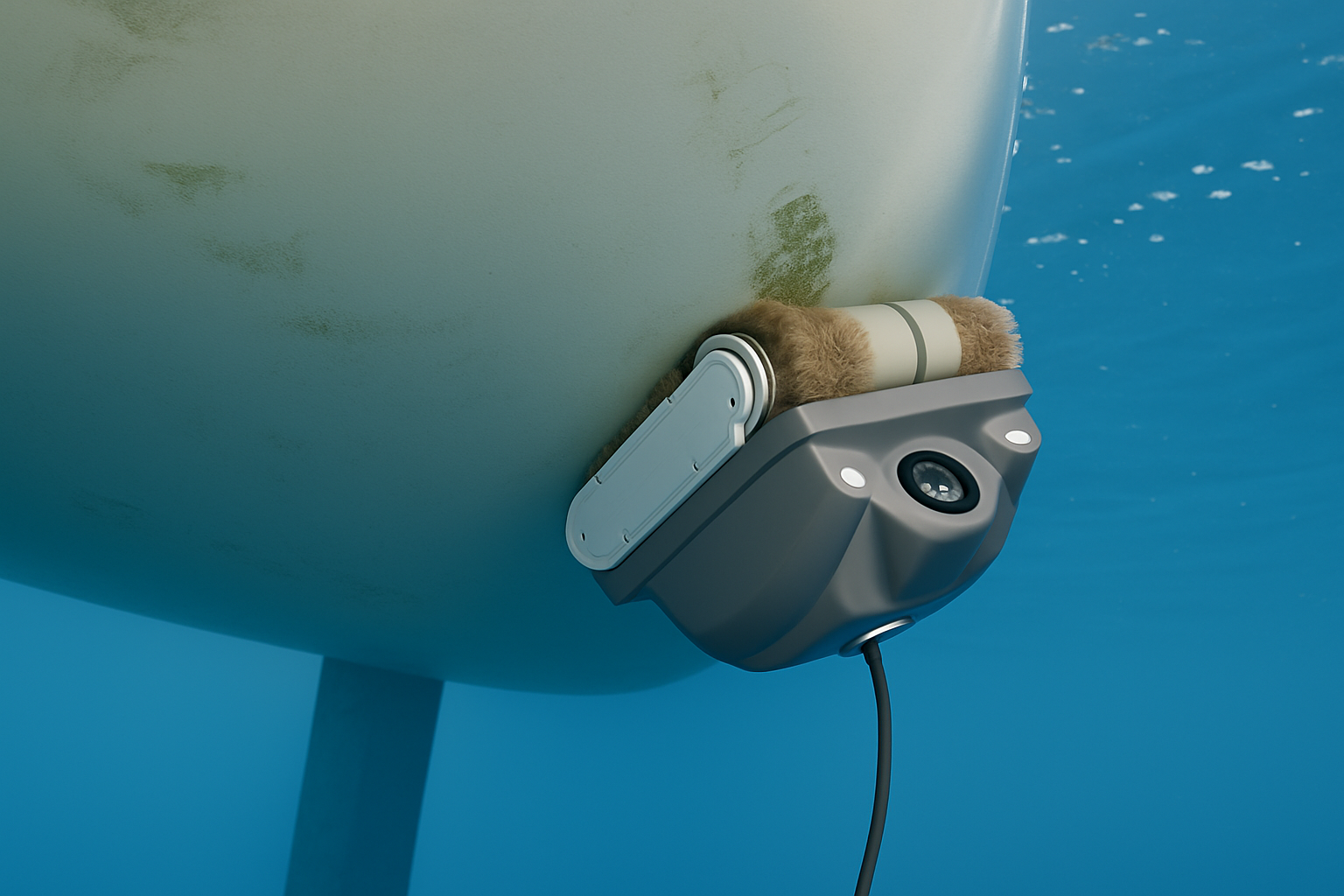
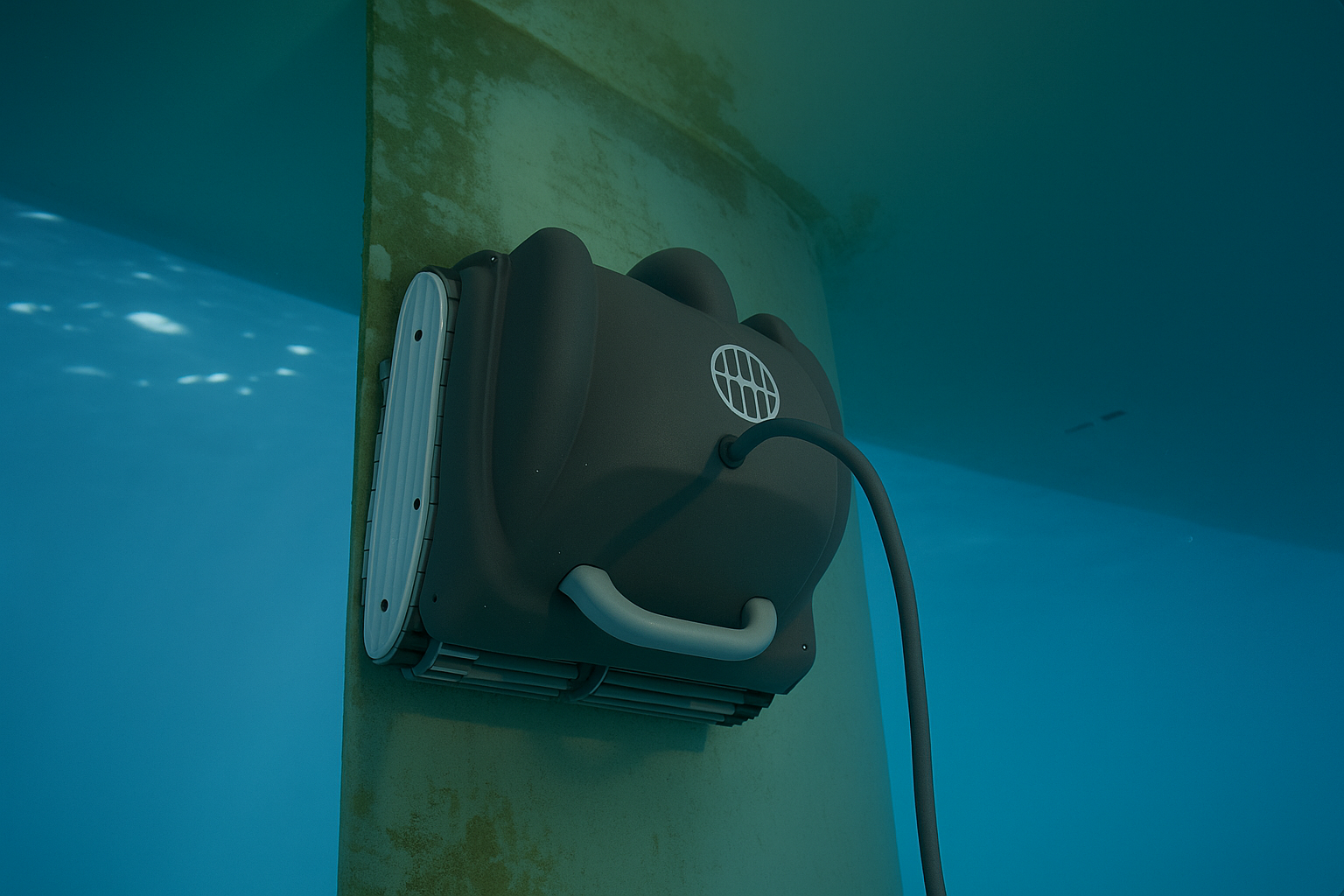
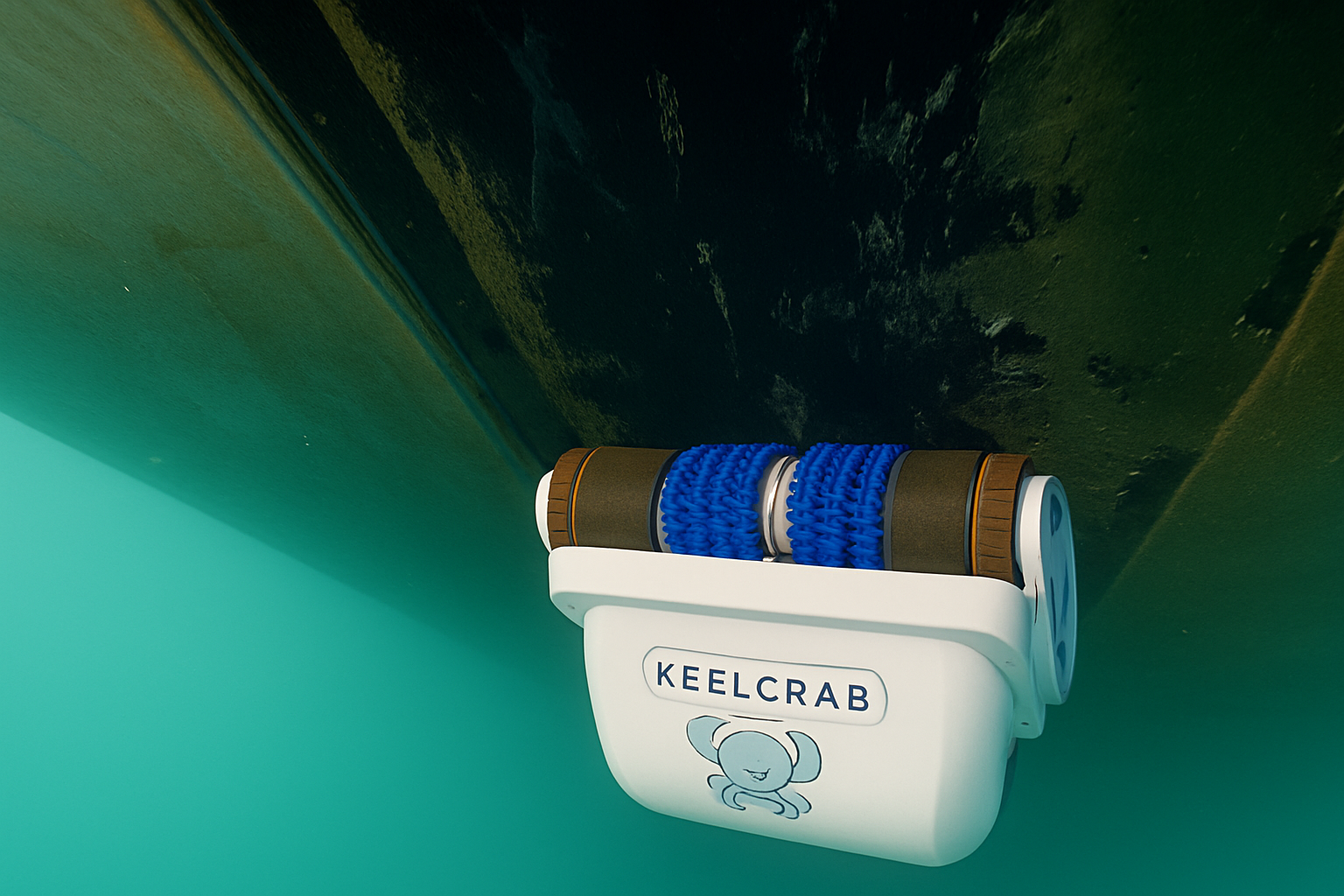
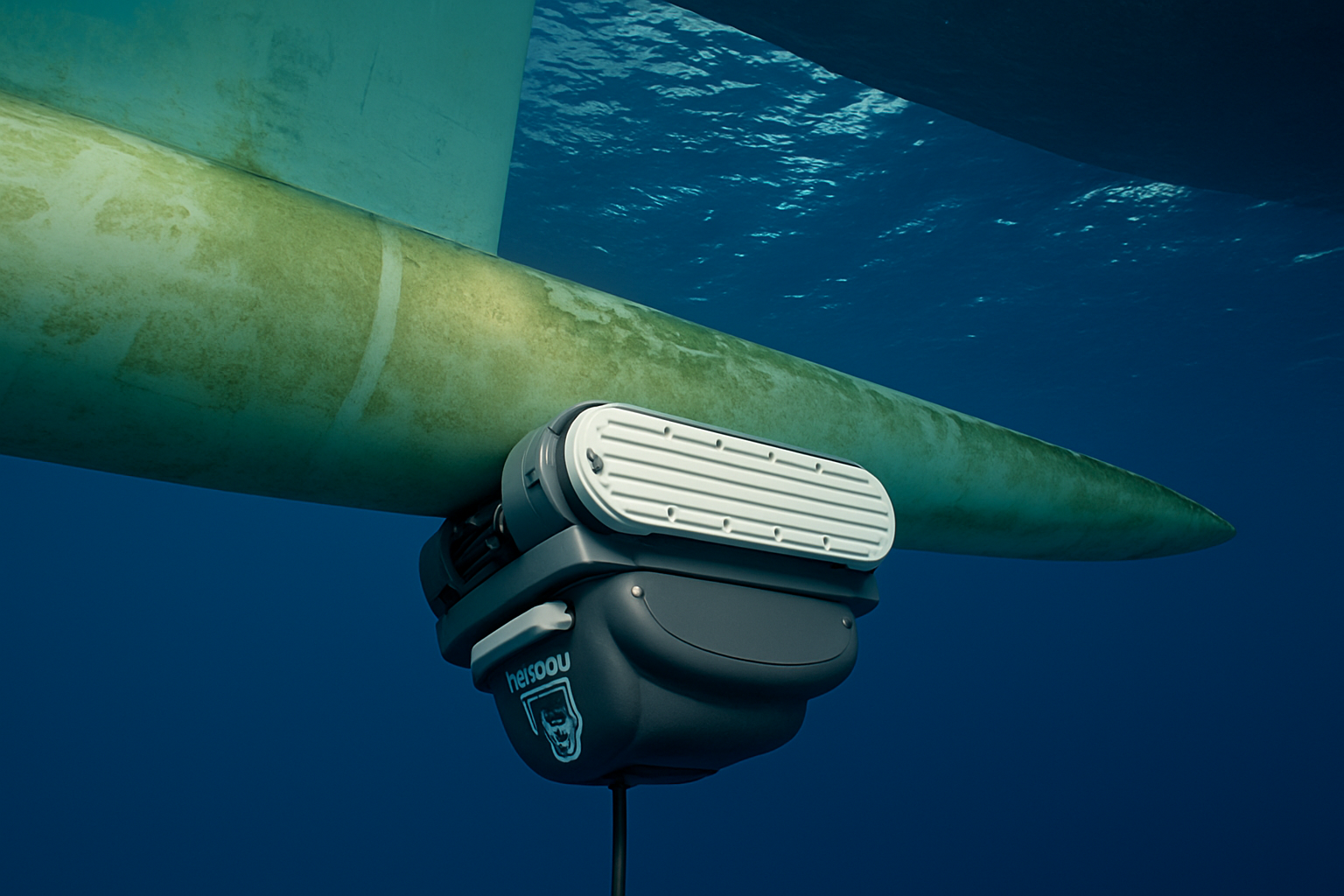
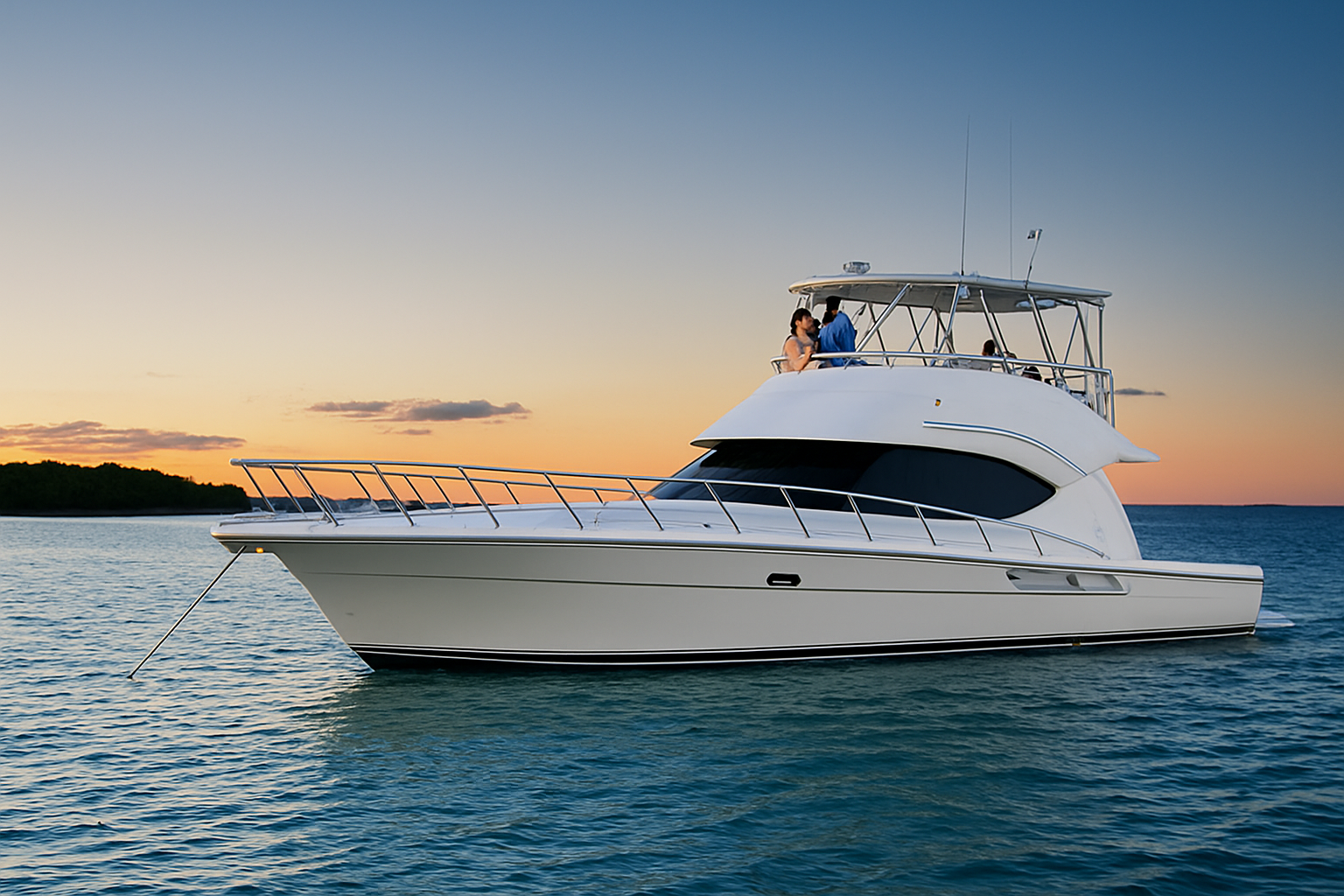
VIP Membership 40-45ft
Evolve Hull Cleaning Membership - Maximum Value, Maximum Savings
🚤 Exclusive Member Benefits
✅ Quarterly Professional Service
- 4 robotic hull cleanings per year at the discounted rate of $7 per foot
- Scheduled every 3 months for optimal hull performance
- Advanced KeelCrab drone technology with surface-safe cleaning
✅ FREE Annual 4K Video Inspection
- Professional underwater hull assessment (valued at $200+)
- High-definition documentation of your vessel's condition
- Early detection of potential issues before they become costly problems
✅ Guaranteed Priority Booking
- Skip the wait list during peak season
- Flexible scheduling to fit your boating calendar
- Dedicated member support line
💰 Substantial Annual Savings
Direct Service Savings:
- 30-35ft vessels: Save $140+ annually (only $2.69/day)
- 40-45ft vessels: Save $180+ annually (only $3.46/day)
- 65-70ft vessels: Save $280+ annually only $5.36/day)
Additional Cost Avoidance:
- Fuel Savings: Clean hulls reduce drag by up to 15%, saving hundreds in fuel costs
- Haul-Out Prevention: Avoid expensive dry dock fees ($1,000-$3,000+)
- Antifouling Protection: Extend coating life, delaying costly reapplication
- Hull Damage Prevention: Early maintenance prevents expensive repairs
🎯 Performance & Peace of Mind
Optimal Vessel Performance:
- Maintain peak fuel efficiency year-round
- Reduce drag and improve handling
- Protect hull integrity and extend vessel lifespan
- Consistent, thorough automated cleaning
Environmental Responsibility:
- Eco-friendly in-water cleaning process
- No harmful chemicals or dry dock waste
- Preserve marine ecosystems while maintaining your vessel
💡 The Smart Investment
"For less than the cost of a coffee per day, protect your most valuable marine asset while saving thousands annually on fuel, maintenance, and repairs."
Ready to Evolve your vessel maintenance? Join today and experience the future of hull care with guaranteed savings, superior performance, and unmatched convenience.
Pairs well with

VIP Membership 40-45ft
If you have any questions, you are always welcome to contact us. We'll get back to you as soon as possible, within 24 hours on weekdays.
-
Shipping Information
Use this text to answer questions in as much detail as possible for your customers.
-
Customer Support
Use this text to answer questions in as much detail as possible for your customers.
-
FAQ’s
Use this text to answer questions in as much detail as possible for your customers.
-
Contact Us
Use this text to answer questions in as much detail as possible for your customers.
evolve
Transform Your Vessel's Performance with Advanced Robotic Technology
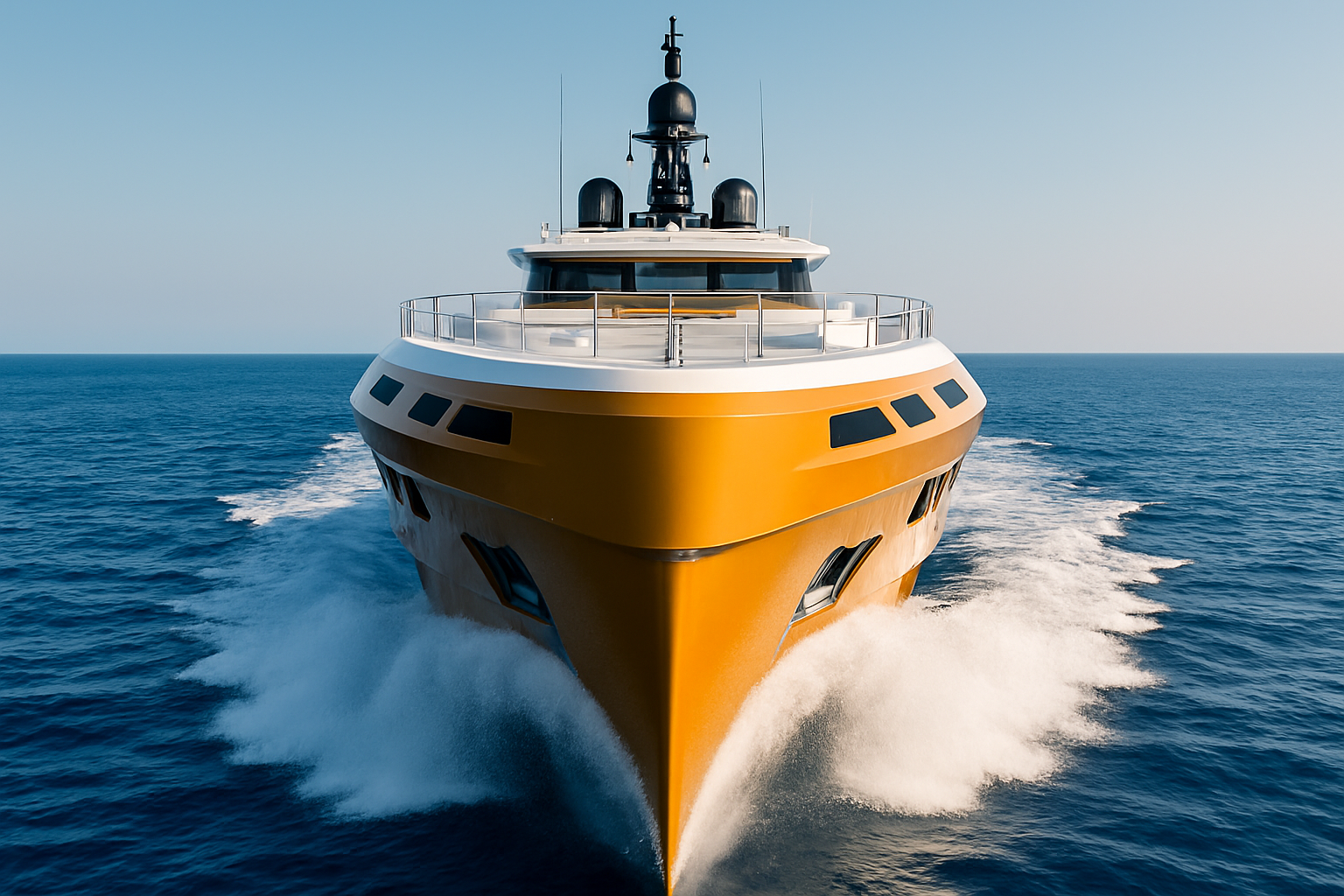
EVOLVE.ESCAPE.RELAX
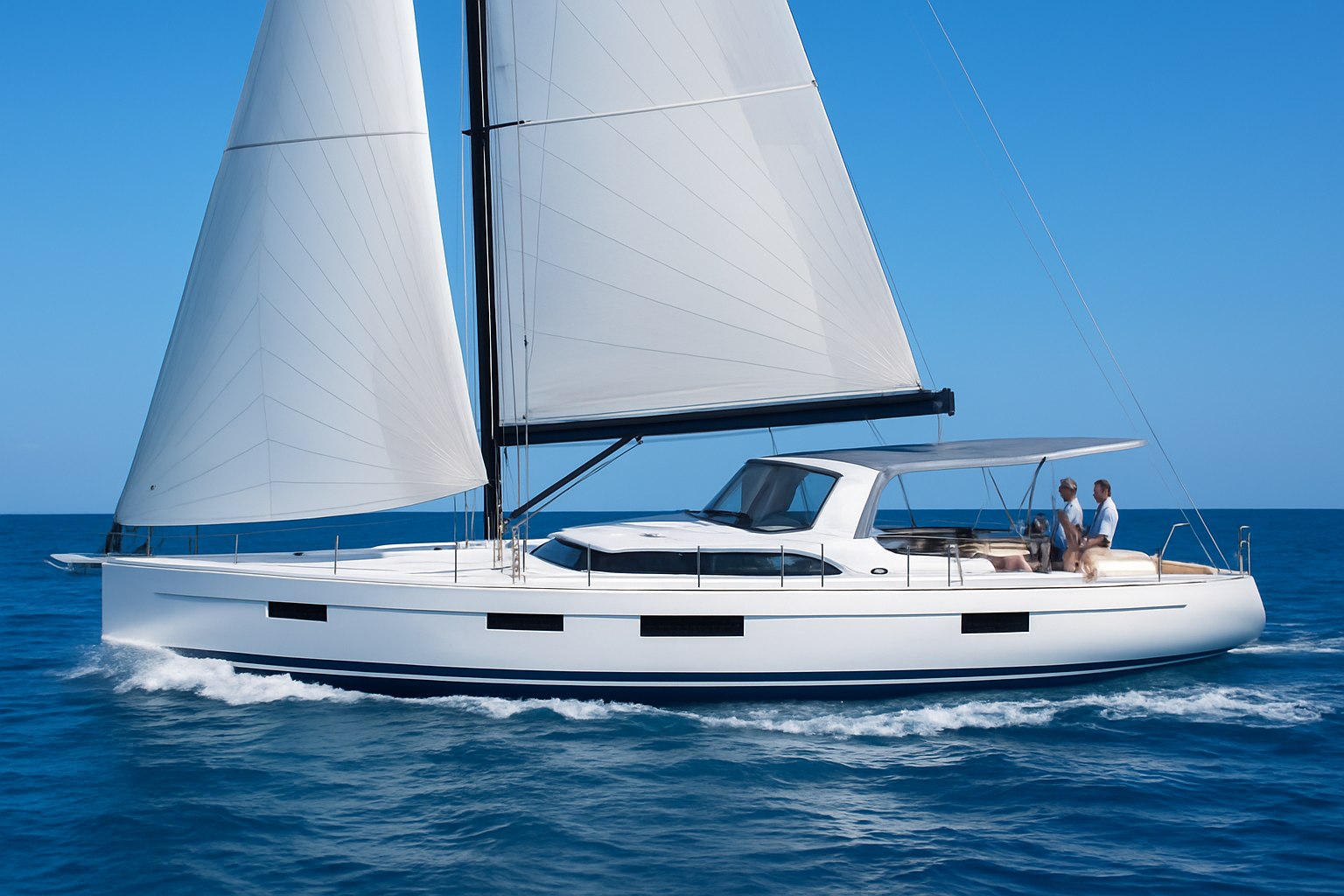
MEMBERS PROGRAM
For less than a cup of coffee prevent the preventable and EVOLVE
FAQs
Please read our FAQs page to find out more.
Can you potentially clean the entire surface of the hull using Keelcrab?
The keelcrab drone is capable of cleaning (once easily mastered in piloting operations) up to the95/97% of the surface area of a displacement hull of a sailboat in the 10/24 meter range and 85/87% of a planing or semi-planing hull of a motorboat in the 10/ 24 meter range.
Does Keelcrab remove barnacles or dog teeth?
Even with the stainless inset brush, the keelcrab drone is unable to remove barnacles or dog teeth or fouling that can be classified as aggressive or highly entrenched. First, the reasons why these pluricellulars proliferate on the hull of your boat are basically to be attributed to a mixture of factors such as the particularity of the water in your catchment area (mix of fresh and salt water or the presence in the immediate vicinity of fish farms) an incorrect technical choice of antifouling chemical protective of your hull (or worse, a poorly executed job) or finally the total absence of the chemical protective product (due either to natural consumption or to previous underwater cleaning interventions that were too aggressive and caused a forced removal of the coating). In any case (a general rule from our direct experience) the underwater removal of these pluricellulars is dangerous to the health and physical integrity of your boat because the mechanical abrasion force required for their removal consequent to their great rooting ability, is so high as to compromise with high probability not only the underlying antifouling layer (causing its total removal) but also the underlying gealcot layer causing in the medium possible problems of osmosis manifestation. For these reasons, the philosophy chosen to be developed espouses the logic of “less aggressive but more frequent.”
Does it remove scale?
Our brushes are designed to remove principles ofcoral, vegetation and algae without removing the underlying antifouling, which in numerous tests in a simulated environment finds no micrometric change before or after several passes of the drone. Regular cleaning aimed at bringing the antifouling back into direct contact with the water also prevents the formation of barnacles and “dog teeth” .
Does Keelcrab remove anti-fouling paint?
Our A.N.C.C.P. certified brushes the result of countless tests on the resulting micrometry (pre and post robot passage) in a simulated environment (with even water analysis) confirms that Keelcrab has the utmost respect for all classified fixed-matrix (i.e., non-water-soluble) silicone (or silicone film) surfaces and antifouling, and indeed its use extends the useful life of the chemical by timely removing the first layers of vegetation andMaintaining direct contact with water.
In case of self-sanding paints?
In the case of even partially water-soluble paints, the first advice is to sail (since the basic chemical self-cleaning principle of these products provides exactly this solution). In case displacement or navigation is not possible, in order to avoid micrometer reduction of antifouling in cases of drone use,use is constrained to the removal of the central brush body, leaving the dual tasks of keeping the robot adhered to the hull and sucking up silt algae or vegetation to the suction capacity alone. The proportion between suction capacity in kg and robot feed ratedemonstrates how using keelcrab without its brush body simulates slow sailing of less than 3.5 knots by stimulating the natural chemical self-cleaning process of paint.



